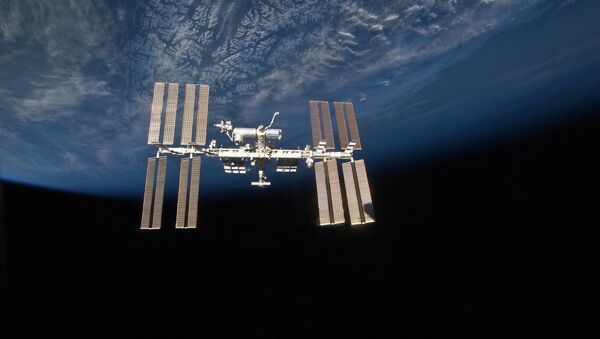On June 3, NASA astronaut Terry Virts moved a joystick on the International Space Station, which transmitted its movements to another joystick on the ground, which was in the hands of teleroboticist Andre Schiele in the Netherlands, 5,000 kilometers away.
Schiele's joystick successfully reproduced Virts' movements, and sent Schiele's response movements back to space in only 0.8 seconds both ways.

"The system worked even though the Space Station was flying over 5000 km away," said Schiele. "It felt as though Terry was extending his arm down from space to shake my hand."
In theory, this is an essential step towards systems that allow astronauts to control vehicles on the surface of a planet. Whereas commands sent from Earth to, for example, the surface of Mars, take 12 minutes to make the trip, an astronaut controlling a vehicle from orbit would have much greater, more precise control.
The next step is to do tests whereby the robots manipulate foam objects in a blind test to see if remote operators can determine the stiffness of an object, or "feel" it remotely, an important step in more advanced robotic operations.




